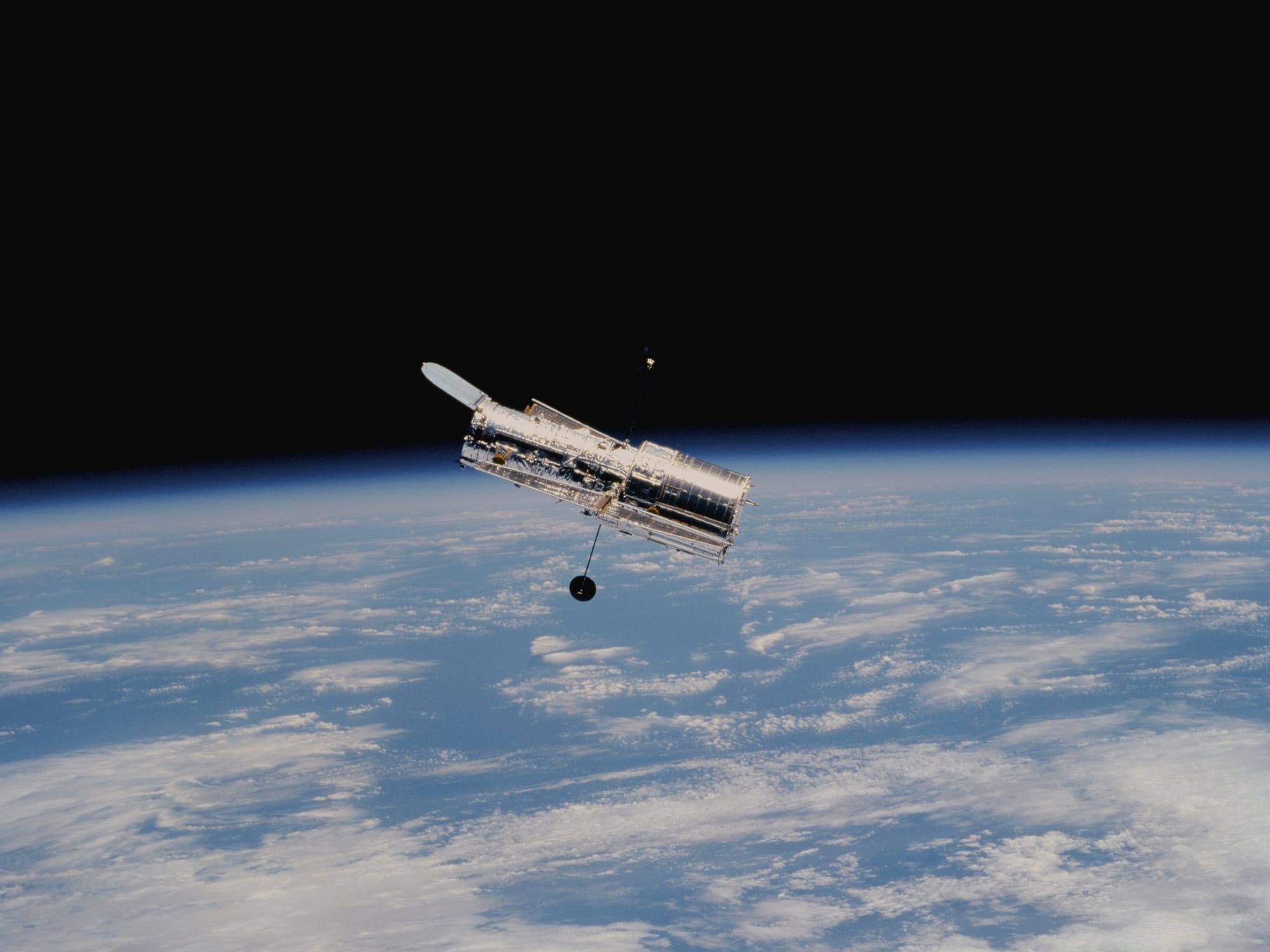Hubble's law

The Hubble constant (H₀) represents the rate at which the universe is expanding. It's a crucial value in cosmology, helping to determine the universe's age and history. The constant is the ratio of a galaxy's recessional velocity (speed moving away from us) to its distance from Earth. While its value is constantly refined, the current estimate is around 70 kilometers per second per megaparsec (km/s/Mpc),
Here's a more detailed explanation:
- Hubble's Law:The Hubble constant is a key component of Hubble's Law, which states that the farther away a galaxy is from us, the faster it is receding.
- Calculating Expansion Rate:The Hubble constant (H₀) is expressed as a velocity (km/s) divided by a distance (Mpc, megaparsec, a unit of distance in astronomy). So, a value of 70 km/s/Mpc means that for every megaparsec of distance, a galaxy is moving away from us at an additional 70 kilometers per second.
- Significance:Knowing the Hubble constant is essential for:
- Determining the age of the universe: By using the Hubble constant and other cosmological parameters, scientists can estimate how long ago the universe began with the Big Bang.
- Understanding the universe's expansion: The Hubble constant helps scientists understand the rate and nature of the universe's expansion, which is currently believed to be accelerating.
- Ongoing Research:There's ongoing research and some debate about the precise value of the Hubble constant, with different measurement techniques yielding slightly different results. Scientists are working to refine the measurement using various methods, including observations from the Hubble Space Telescope and the James Webb Space Telescope.
Comments